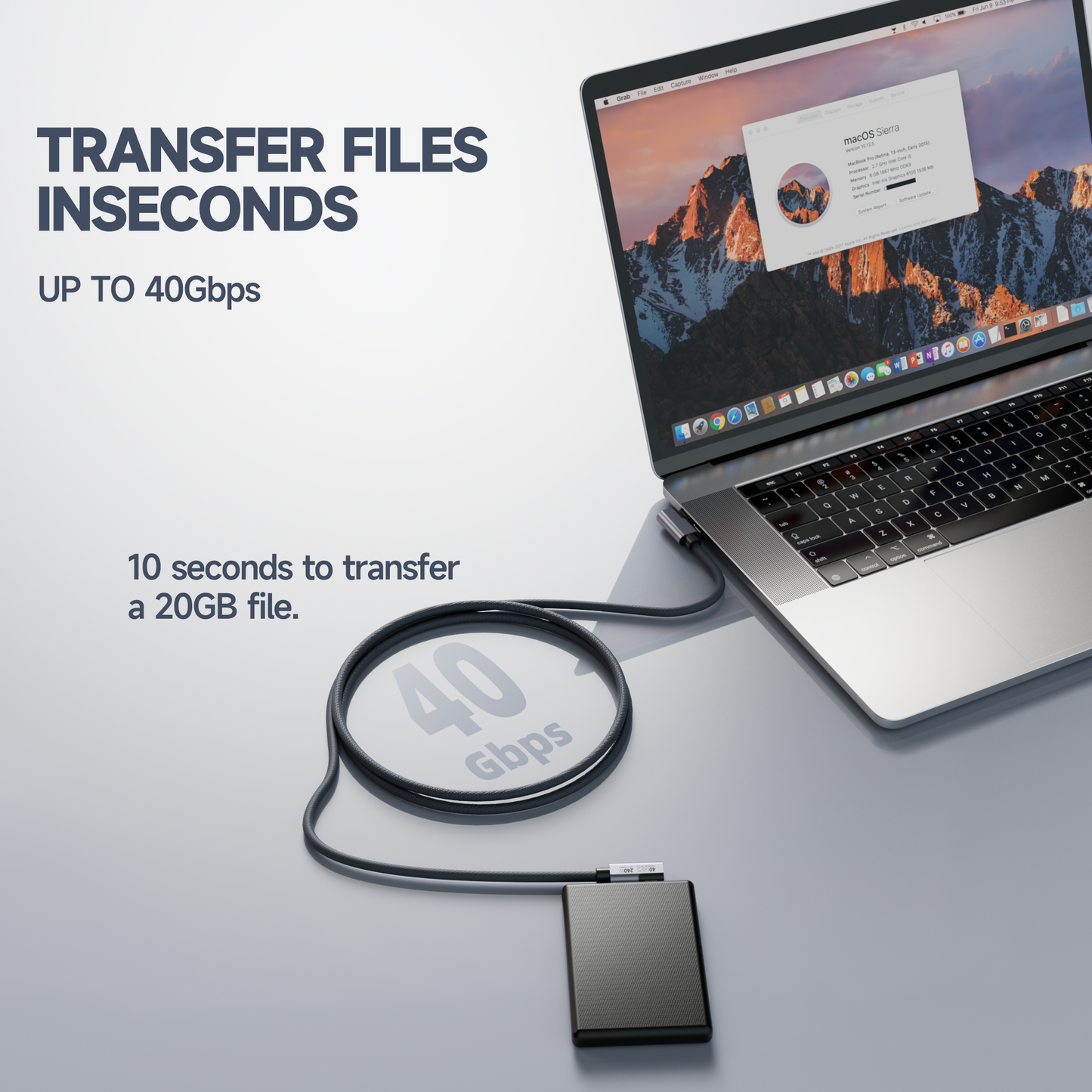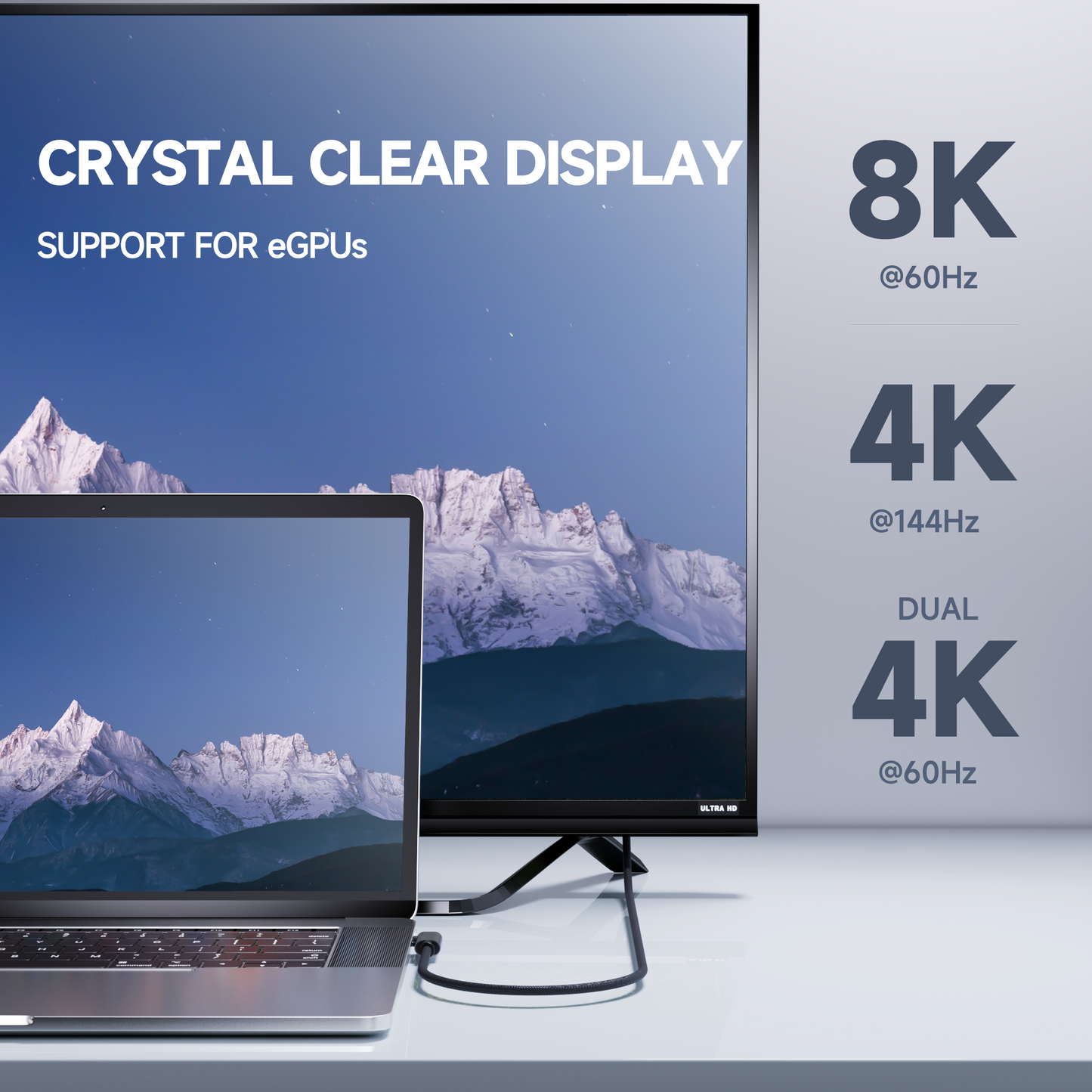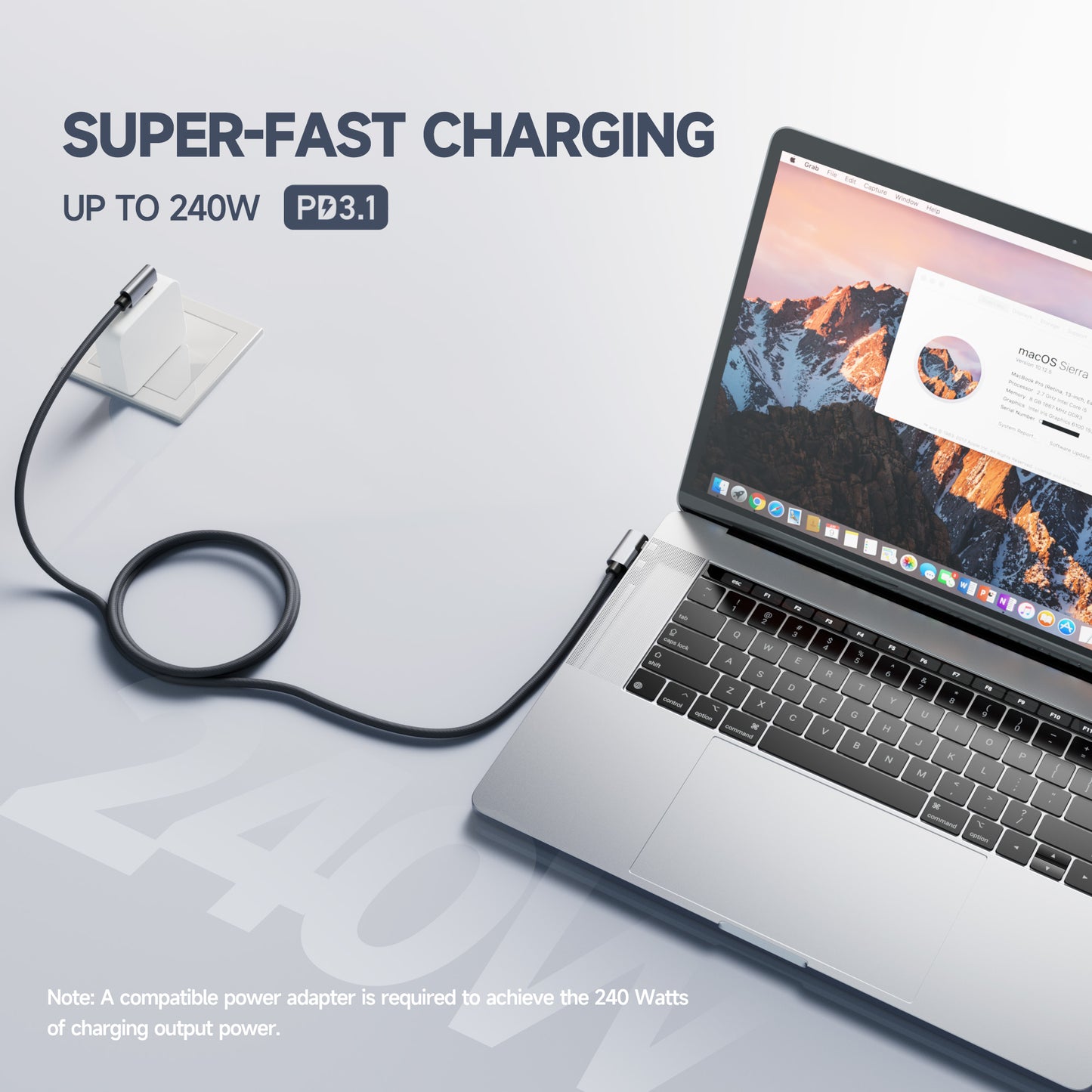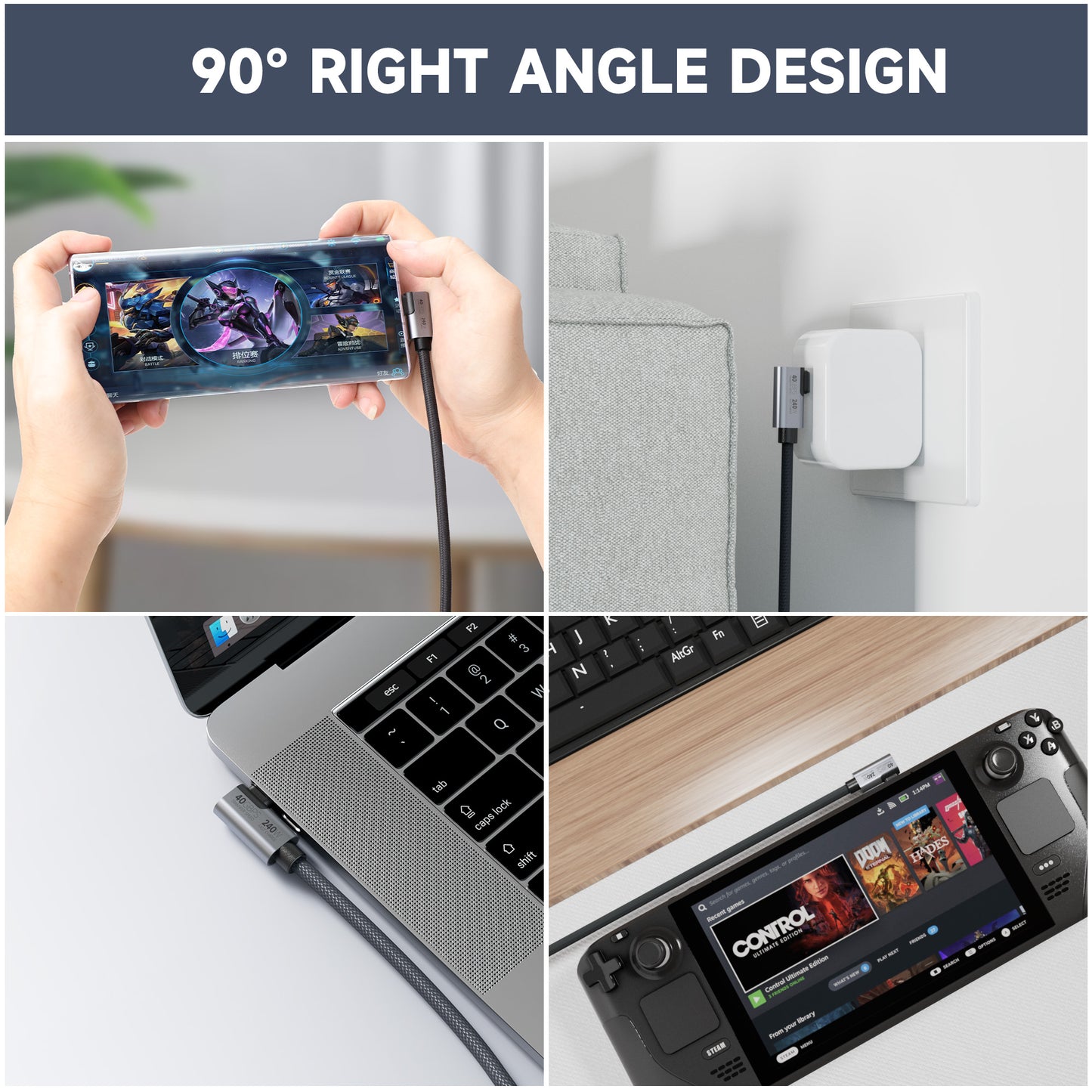Apple has officially launched the iPhone 15 series. Same as rumored, all four iPhone 15 models are equipped with a USB-C port, replacing the Lightning connector.
What capabilities does switching to USB-C bring to the iPhone 15 series? What limitations are there? This article will tell you everything you need to know.
While all iPhone 15 models have a USB-C port, the iPhone 15 Pro and Pro Max offer better performance by supporting faster data transfer speeds ( 480Mbps vs 10Gbps ). These faster speeds are driven by the phones' built-in A17 Pro chip which incorporates an all-new controller. As the iPhone 15 and iPhone 15 Plus use the previous generation A16 chip, they do not receive this advantage. Otherwise, the USB-C ports across the four iPhone 15 variants are functionally identical. Below I will explain everything you need to know.
The iPhone 15 models come with a free braided USB-C cable that is more durable than plastic ones. But you can also use any USB-C cables you already own. Apple's official documentation shows the iPhone 15 supports a maximum wired charging speed of 20W. In practice, charging speeds should increase up to 27W if using a charger capable of that, which has been the case for the iPhone 13 and 14 models. You can charge the iPhone 15 from your Mac computer via USB-C just as with recent iPhone models using the Lightning port.
Use Your iPhone to Charge Other Devices
The introduction of USB-C means every iPhone 15 model can be used to charge other devices. Apple initially only mentioned charging AirPods and Apple Watch in its iPhone 15 documentation. Through a new support document, we know you can also provide up to 4.5W of power for charging "small devices."
Use the Right Cables for Faster Data Transfer Speeds
If you want to take advantage of the iPhone 15 Pro's faster charging capabilities, you'll need to purchase a USB3.2 / USB4 / Thunderbolt cable. These feature USB-C connectors on both ends and can charge the iPhone as well. They will be more expensive than the traditional USB-C cable included with the iPhone 15.
Record Video Directly to External Storage
The USB-C port also allows you to connect an external SSD to your iPhone 15 Pro/Max and record video directly to it. If you use your iPhone 15 Pro/Max for video capturing and need more storage capacity, this feature supports up to 4K 60fps video recording modes and immediately transfers to the external SSD. It also means you can move your ProRes videos directly to your external storage while recording. Recording 4K@60fps ProRes video requires the mandatory insertion of external storage, while 30fps or lower can be saved directly to the phone; This feature is limited to the Pro models with USB 3 support Type-C ports and the external storage device must be formatted to exFAT or APFS format.
Connect to Larger Screens
The USB-C ports on the iPhone 15 and 15 Pro will allow you to connect your phone to displays, monitors, and TVs. If these devices have USB-C connectivity, you simply need a compatible USB-C cable to connect them. Then you can mirror your iPhone 15 screen to share videos and photos on the bigger display or use your iPhone on it.
Play Music via USB-C
Like the Lightning port, the iPhone 15's USB-C port supports wired headphones and earbuds. Apple has released a new EarPods model with a USB-C connector. In fact, you can use your current wired headphones as long as they have a USB-C connector or you have the proper adapter.
Connect Other Devices to Your iPhone
So far I've mentioned computers (for data transfer and backups), external storage (for direct recording), and displays (for mirroring the iPhone). But USB-C will allow you to connect your iPhone to various third-party products like cars supporting CarPlay, microphones, external battery packs, USB to Ethernet adapters, and SD cards (via an adapter). You may need adapters for devices without built-in USB-C connectivity.

















